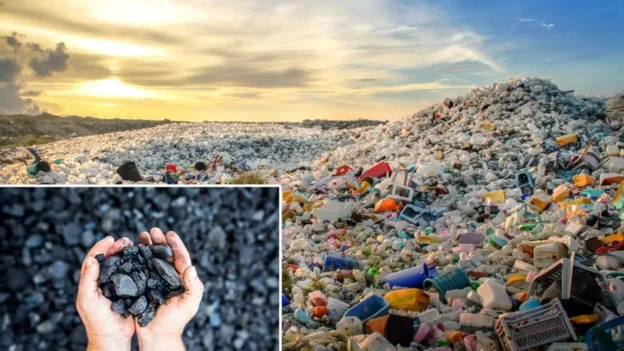Scientists at the U.S. Department of Energy’s National Energy Technology Laboratory(NETL) are developing a more efficient and economical way to use plastic waste. Their proposal: mix it with coal and biomass to transform it into hydrogen-rich synthesis gas through a steam gasification process.
The use of plastic waste
The team led by researcher Ping Wang found that integrating waste plastics such as LDPE and HDPE with coal and biomass improves gasification performance. This integration overcomes common problems such as agglomeration of molten plastics or excessive tar formation, which affect process efficiency.
Coal provides natural metallic elements, such as alkaline and alkaline earth elements, which act as natural catalysts, accelerating the decomposition of heavy compounds and favoring greater production of clean hydrogen.
The hydrogen generated can be used as an emission-free fuel or as a key input for the manufacture of industrial chemicals. In addition, this type of syngas can be adapted according to energy needs by adjusting the mixture proportions and reactor temperature.
Researchers point out that this methodology can minimize the accumulation of plastics in landfills, mitigate the environmental impacts derived from their decomposition and recover the energy value of discarded materials. In six decades alone, more than 6.3 billion tons of plastics have accumulated, of which 60% remains in the environment or landfills.
Source and photo: NETL

